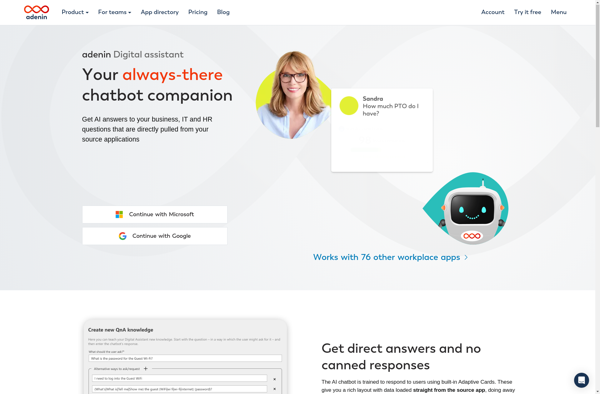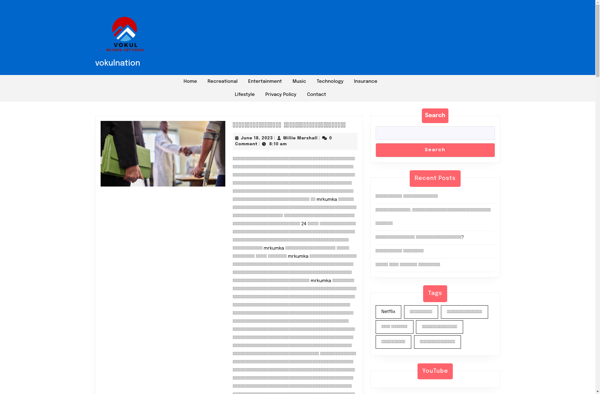Digital Assistant

Digital Assistant: Intelligent Voice Assistant Software
A digital assistant is software that can understand voice commands and complete tasks for a user. Examples include Siri, Alexa, Google Assistant and Cortana. Digital assistants provide a hands-free way to get information, set reminders, control smart devices and more.
What is Digital Assistant?
A digital assistant, also called a virtual assistant, is software that allows users to interact with digital devices using voice commands and natural language processing. The purpose of a digital assistant is to provide a hands-free way for users to get quick answers to questions, complete simple tasks like setting reminders and controlling other connected devices, and have basic conversations.
Some of the most popular digital assistants today are Amazon Alexa, Apple's Siri, Microsoft Cortana, and the Google Assistant. They are built into devices like smartphones and smart speakers, allowing users to activate them simply by saying a wake word or phrase. Once activated, users can ask questions, dictate messages or to-do lists, get news or weather updates, control music playback, manage smart home devices like lights or thermostats, and more.
Digital assistants use natural language processing (NLP) and speech recognition technology to understand, interpret and respond to users' voice requests. They leverage artificial intelligence and machine learning to continually improve understanding of language over time. Their capabilities are also enhanced by integration with external data sources like traffic, maps, and search engines.
Looking to the future, digital assistants are becoming increasingly more conversational with advancements in contextual understanding. With 5G networks allowing greater connectivity, they also have the potential to work seamlessly with more devices and provide more location-based, real-time information and services.
Digital Assistant Features
Features
- Voice commands
- Natural language processing
- Personalized responses
- Reminders and alarms
- Integration with smart home devices
- Information lookup
- Scheduling
Pricing
- Freemium
- Subscription-Based
Pros
Cons
Reviews & Ratings
Login to ReviewThe Best Digital Assistant Alternatives
Top Ai Tools & Services and Virtual Assistants and other similar apps like Digital Assistant
Here are some alternatives to Digital Assistant:
Suggest an alternative ❐Scarlet
Kai Says
Vokul

Dragon Go!
